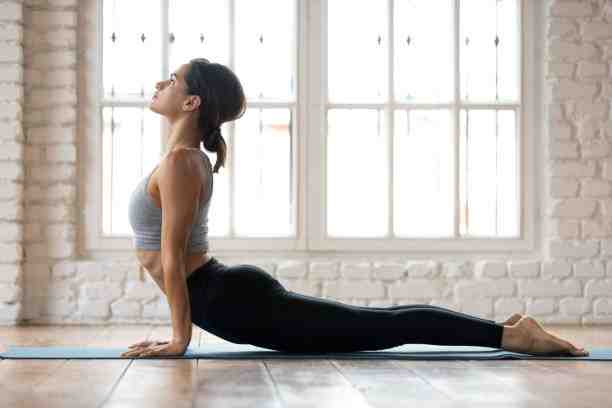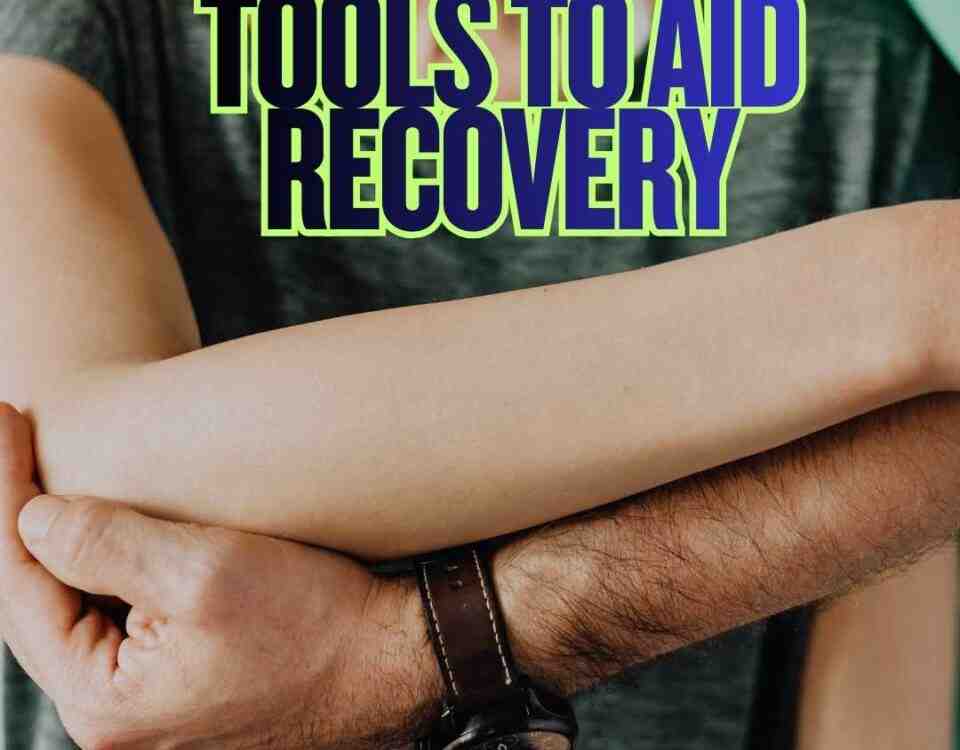Stretching After a Car Accident

Is it Safe to Exercise with Sickness?
November 10, 2023
Tips on Mental Health and Car Accidents
November 21, 2023Stretching After a Car Accident
A car accident, regardless of its severity, can leave a lasting impact on both the body and mind. Even in the absence of serious injuries, the sudden force and impact of a collision can lead to pain, soreness, and stiffness. While seeking professional medical advice and care is essential, incorporating targeted stretches into your recovery routine can be a proactive step toward healing. Dr. Deryk Harting, a member of one of the highest-rated auto injury medical care teams in the Tampa Bay area, discusses stretching after a car accident.
Stretching is crucial as it helps to alleviate muscle stiffness, improve flexibility, and promote blood circulation. These factors are key for preventing chronic pain, reducing the risk of long-term damage, and enhancing overall well-being.
The neck and back are common areas of discomfort following a car accident. Even in the absence of severe injuries, general pain and stiffness can persist. Here are several stretches that can effectively target these areas.
-Seated Neck Release targets pain in the sides of the neck, providing relief through gentle stretches. Begin by sitting on the floor with your legs crossed or in a chair with your feet flat on the ground. Extend your right arm toward your right knee or along the right side of the chair. Place your left hand on top of your head and slowly tilt your head to the left. If you wish to intensify the stretch, gently apply pressure with your hand. Hold this position for 15-30 seconds before gradually returning to the center and repeating on the opposite side. For a more intense stretch, grasp your right knee or the side of the chair to stabilize your torso, focusing the stretch specifically on the side of your neck.
-Seated Clasping Neck Stretch involves clasping hands behind the head, encouraging a deep stretch that alleviates tension in the neck and upper back. Whether seated on the floor or in a chair, interlace your fingers and bring your palms to the back of your head, ensuring an upright spinal posture. Anchor your hips firmly into the floor or seat. Delicately press your hands downward toward your thighs, allowing your chin to gently tuck into your chest. Utilize the heels of your palms to draw your head away from your shoulders, enhancing the stretch. Maintain this position for at least 15-30 seconds before releasing your hands and returning to an upright and neutral posture.
-Behind the Back Neck Stretch promotes flexibility and reduces stiffness in the neck and upper back. Stand with an upright posture, feet set hip-width apart, and arms by your sides. Extend both hands behind your glutes, gripping your left wrist with your right hand. Gradually straighten your left arm using your right hand, creating a gentle pull. For a deeper stretch, tilt your right ear toward your shoulder. Maintain this position for 15-30 seconds, then switch sides and repeat on the other side.
-Anterior Scalene Muscle Stretch provides relief to the front of the neck and throat. These muscles play a role in neck flexion, rotation, and elevating the top ribs during inhalation. Stand with a straight back and your head held upright. Gently stack one hand on top of the other over your sternum. Tilt your head and neck to the right, while looking upward. Experience a mild stretch in the front and side of your neck. Hold this position for 15-30 seconds, then release. Tilt your head and neck to the left and gaze upward. Hold for 15-30 seconds, then relax. You can repeat the sequence on each side one more time if needed.
-The Bird Dog exercise is beneficial for strengthening the core and stabilizing the back. Begin by getting yourself in a tabletop position with your hands and knees on the ground. Ensure that your wrists align with your shoulders and your knees are directly above your hips. Once stable, reach your right arm forward and extend your left leg backward, maintaining a flat back and ensuring your hips are parallel to the floor. Drive your foot toward the wall behind you while engaging your core muscles and try to hold this position for up to 30 seconds. Return to the initial tabletop position and repeat the exercise on the opposite side.
-Tabletop Leg Press focuses on the lower back and leg muscles. Lie on your back on a firm surface, lift your legs, and bend your knees to form a 90-degree angle, ensuring your knees are directly above your hips. After establishing stability, press your lower back onto the surface, and engage your abdominal muscles. If comfortable, perform a slight crunch, lifting a few inches while placing your hands on the front of your thighs. Apply pressure by driving your hands into your quadriceps without allowing your body to move. While maintaining this position, feel the tension in your legs and try to hold it for up to 30 seconds.
-The Glute Bridge and Dead Bug are both exercises that target the core and lower back. For the glute bridge, lie on your back with your feet flat on the floor, hip-width apart, and knees bent. Place your hands at your sides. Engage your abdominal muscles and buttocks, exerting force through your heels to raise your hips off the ground. Elevate the hips until your body creates a straight line from your shoulders to your knees. Maintain this posture by squeezing your glutes for 5-10 seconds before gently lowering back to the initial position. Repeat this movement 5 times.
-The Dead Bug is also performed on your back. Reach your arms toward the ceiling, while positioning your legs in a tabletop stance. Gradually straighten your right leg and lower your left arm overhead simultaneously. Maintain both the arm and leg a few inches above the ground. Engage your glutes, ensuring constant core activation, and press your lower back against the floor. Hold this position for 5-10 seconds before returning to the starting point and repeating the sequence on the opposite side. Repeat 5 times.
Basic stretching, when performed cautiously after 72 hours post-accident, aids in maintaining flexibility and preventing scar tissue formation. Walking, if injuries permit, is a low-impact exercise that promotes circulation and accelerates recovery. Movement is essential to the recovery process and can help regain strength, flexibility, and range of motion lost during the aftermath of an accident. In addition to stretching and walking, there are other rehabilitative therapies that can enhance the healing process. Massage and foam rolling are both effective in decreasing muscle tension, increasing blood flow, alleviating soreness, and reducing inflammation. There are a variety of self-mobilization products, like foam rollers, available on the market as well as licensed massage therapists that can provide the benefits of deep tissue massage.
While the above stretches and exercises can be performed at home, it is crucial to consult with medical professionals before incorporating them into your routine. Healthcare providers may recommend these exercises as part of a larger treatment plan, which could include physical therapy and ongoing chiropractic care. This comprehensive approach ensures that you not only manage pain and stiffness but also address the root cause of your injuries.
— This article is written by Deryk Harting, DC, one of the members of Chambers Medical Group’s team of car accident chiropractors who offer a variety of treatments and therapies ranging from diagnostic testing to various soft tissue therapies for car accidents and injuries in Florida.
–
.
–
Have you been in a car accident? If you or somebody you know has been in a car accident, be sure that you seek medical attention from a car accident doctor or car accident chiropractor to treat your injuries. Visit Chambers Medical Group to receive world-class medical treatment for your injuries.
Chambers Medical Group has car accident medical clinics in the following locations:
- Car Accident Medical Clinic in Tampa
- Car Accident Medical Clinic in Plant City
- Car Accident Medical Clinic in Brandon
- Car Accident Medical Clinic in Lakeland
- Car Accident Medical Clinic in Sarasota
- Car Accident Medical Clinic in Louisville
- Car Accident Medical Clinic in Lexington
- Car Accident Medical Clinic in Florence




